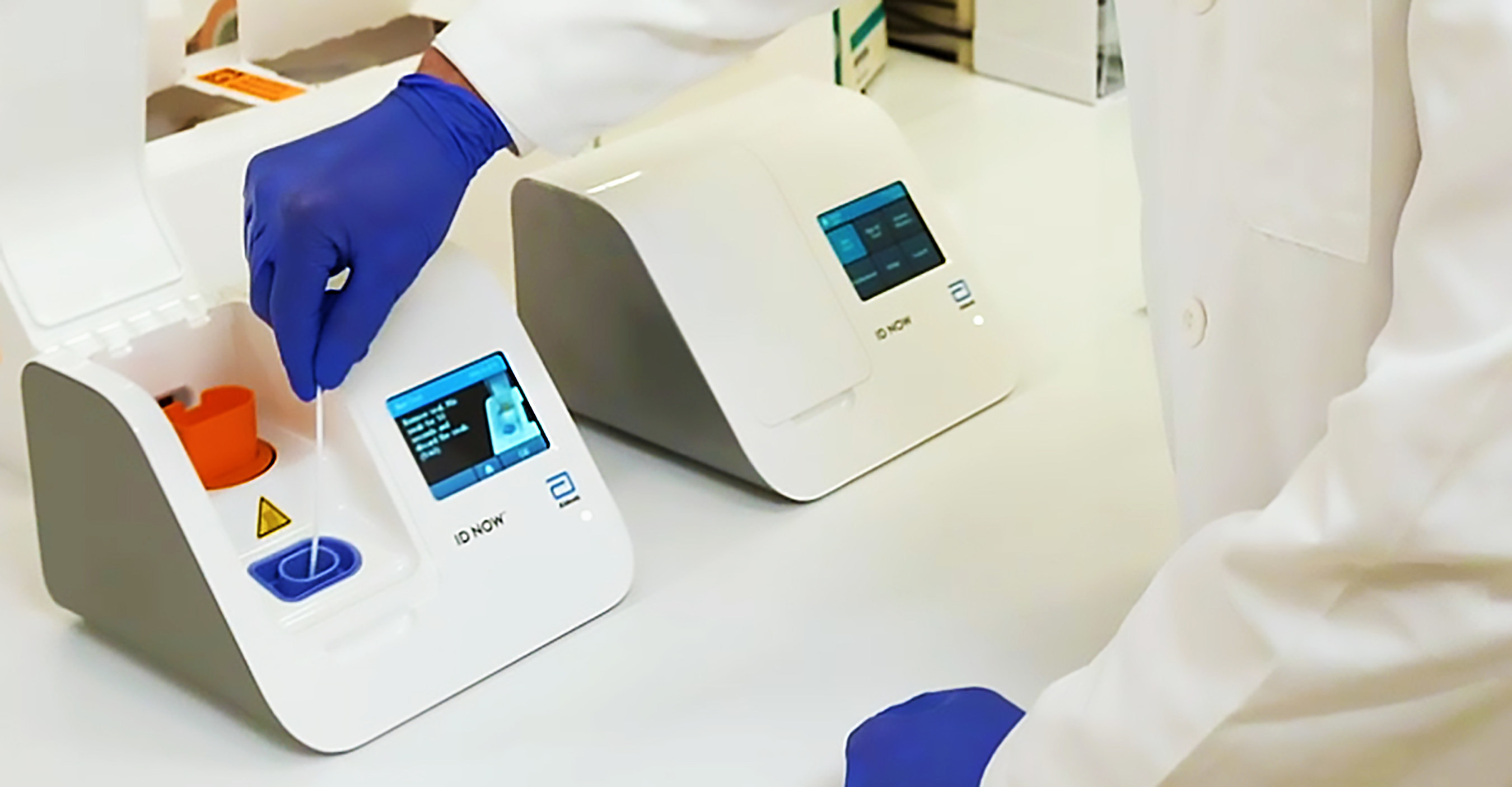Rapid Campylobacter Test for Poultry Processing Plants
The rapid Campylobacter test is an essential tool in the poultry processing industry. This service ensures that processors can quickly and accurately identify the presence of Campylobacter jejuni and other related species, which are significant causes of foodborne illness worldwide. The ability to perform this testing at point-of-care (POC) allows for timely intervention, reducing contamination risks and ensuring product safety.
The rapid Campylobacter test is conducted using specialized media and reagents that provide results within minutes to hours depending on the method used. This speed is critical in a processing environment where time is of the essence. The test is typically performed on samples taken from poultry carcasses, intestines, or environmental swabs.
One of the primary advantages of this service is its ability to detect even low levels of Campylobacter contamination. This early detection helps processors take corrective actions before contaminated products reach consumers. The test also ensures that the processing plant adheres to international food safety standards, such as those outlined in ISO 21964:2015 and EN ISO 21964.
The rapid Campylobacter test is particularly valuable for poultry processors who need to maintain a high level of compliance with regulatory requirements. By incorporating this testing into their quality management systems, processors can demonstrate due diligence in protecting public health and maintaining consumer trust. The service also supports the broader goal of reducing foodborne illness outbreaks associated with Campylobacter infections.
The test is conducted using a combination of sample collection, preparation, and analysis techniques that are specifically designed to ensure accurate results. Sample collection typically involves swabbing or scraping from potential contamination sites. The samples are then prepared according to the manufacturer’s instructions for the specific rapid test kit being used. Once prepared, the samples are incubated on specialized media or processed through a lateral flow device.
The applied standards for this testing include ISO 21964:2015 and EN ISO 21964, which outline the performance criteria and validation requirements for rapid diagnostic tests used in food safety applications. These standards ensure that the test kits meet rigorous quality control measures and provide reliable results.
| Applied Standards | Description |
|---|---|
| ISO 21964:2015 | This standard provides guidelines for the development, validation, and performance characteristics of rapid diagnostic tests used in food safety applications. |
| EN ISO 21964 | An equivalent European standard that aligns with ISO 21964:2015, ensuring compatibility and interchangeability of test kits across different regions. |
The rapid Campylobacter test is widely used in the poultry processing industry due to its efficiency and accuracy. It allows processors to implement corrective actions promptly, thereby minimizing contamination risks. This service plays a crucial role in maintaining product safety and ensuring compliance with international food safety standards.
In addition to regulatory compliance, the rapid Campylobacter test offers several other benefits. For instance, it helps processors maintain a high level of consumer confidence by ensuring that their products are safe for consumption. The test also supports continuous improvement efforts within the processing plant, enabling operators to identify and address potential contamination issues before they become significant problems.
The rapid Campylobacter test is an integral part of a comprehensive food safety program in the poultry industry. By incorporating this service into their operations, processors can demonstrate their commitment to public health and consumer safety. This proactive approach not only protects against legal and reputational risks but also enhances the overall reputation of the company.
Applied Standards
| Standard | Description |
|---|---|
| ISO 21964:2015 | This international standard provides guidelines for the development, validation, and performance characteristics of rapid diagnostic tests used in food safety applications. |
| EN ISO 21964 | An equivalent European standard that aligns with ISO 21964:2015, ensuring compatibility and interchangeability of test kits across different regions. |
The rapid Campylobacter test is designed to meet the rigorous requirements set forth by these standards. This ensures that the test provides reliable results that can be trusted in critical food safety applications. The use of standardized protocols and reagents further enhances the accuracy and consistency of the testing process.
Benefits
- Rapid detection of Campylobacter jejuni and other related species.
- Prompt implementation of corrective actions to prevent contamination.
- Maintenance of product safety and consumer confidence.
- Support for continuous improvement efforts within the processing plant.
- Compliance with international food safety standards, such as ISO 21964:2015 and EN ISO 21964.
- Reduction in the risk of foodborne illness outbreaks associated with Campylobacter infections.
The rapid Campylobacter test offers numerous benefits to poultry processing plants. By detecting contamination early, processors can take swift action to prevent further spread and ensure that their products meet the highest safety standards. This proactive approach not only protects against legal and reputational risks but also enhances the overall reputation of the company.
Why Choose This Test
- Speed: Provides results within minutes to hours, allowing for timely intervention.
- Accuracy: Ensures reliable and consistent test results that meet international standards.
- Compliance: Supports adherence to regulatory requirements and food safety guidelines.
- Consumer Confidence: Demonstrates a commitment to product safety and quality.
- Risk Reduction: Minimizes the risk of foodborne illness outbreaks associated with Campylobacter infections.
- Cost-Effective: Prevents costly recalls and damages to brand reputation by addressing contamination early.
The rapid Campylobacter test is a valuable tool for poultry processing plants. Its combination of speed, accuracy, compliance, consumer confidence, risk reduction, and cost-effectiveness makes it an essential part of any food safety program. By choosing this test, processors can ensure that their products meet the highest standards of quality and safety.





